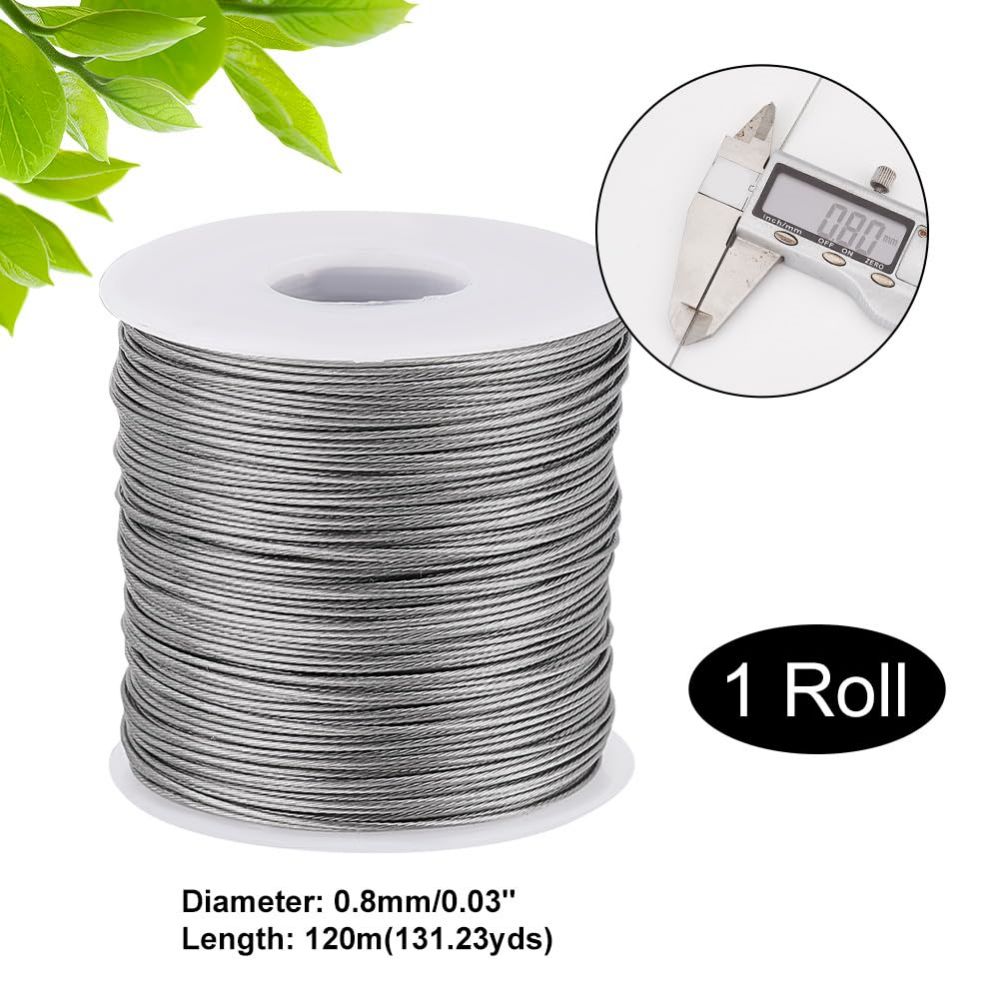
Stainless wire ropes are vital for their strength and corrosion resistance. Blogs offer insights for professionals and DIY enthusiasts on their uses and benefits. Here’s what you can typically expect to find in these blogs:
To form an eye in Wire rope slings , the strands at the end of the rope are unwound. This unwinding is essential as it allows the rope to be bent back on itself to create the loop. Once the wire is bent to form the desired size of the eye, the unwrapped strands are then woven back into the main body of the wire rope. This process is often referred to as “splicing” and creates a secure and durable loop that can withstand significant loads.
The steps to form an eye in a wire rope are as follows:
Begin by unwinding the strands at the end of the wire rope to a length that will allow for the creation of the eye.
Bend the wire rope back on itself to form the loop or eye. Ensure that the loop is the correct size for its intended use.
Weave the unwound strands back into the main body of the wire rope. This involves interlocking the strands in a manner that restores the rope’s integrity and strength.
Wire rope end terminations are crucial for securing the ends of the wire rope and ensuring that the eyes or loops are robust and reliable. There are three primary methods for terminating wire rope ends: sockets, wire rope clips, and splices.
Sockets are mechanical devices that can be attached to the end of a wire rope to form a termination. There are different types of sockets, including open spelter sockets, closed spelter sockets, and swage sockets. The wire rope is inserted into the socket, and the socket is then filled with molten zinc or resin, or it is mechanically swaged, to secure the wire rope within the socket. Sockets provide a very strong and permanent termination.
Wire rope clips, also known as clamps or U-bolts, are used to secure the end of the wire rope to itself. This method involves placing the clip over the rope and tightening the nuts to clamp the rope in place. It is important to use the correct number of clips and to follow proper spacing guidelines to ensure a secure termination. Wire rope clips are easy to install and adjust, making them a popular choice for temporary or adjustable terminations.
Splicing is a traditional and highly effective method of forming a permanent eye in a wire rope. As described earlier, this involves unwinding the strands of the rope, bending the rope to form an eye, and then weaving the strands back into the rope. There are different types of splices, such as the Flemish eye splice and the hand splice, each with specific techniques and applications. Splices maintain the strength and flexibility of the wire rope.

Forming eyes in a wire rope and properly terminating the ends are essential skills for ensuring the safety and functionality of wire rope applications. Whether using sockets, wire rope clips, or splices, each method has its advantages and specific use cases. By understanding these techniques and following proper procedures, you can create strong and reliable wire rope terminations for a wide range of industrial and commercial applications.
Stainless wire ropes are vital for their strength and corrosion resistance. Blogs offer insights for professionals and DIY enthusiasts on their uses and benefits. Here’s what you can typically expect to find in these blogs: